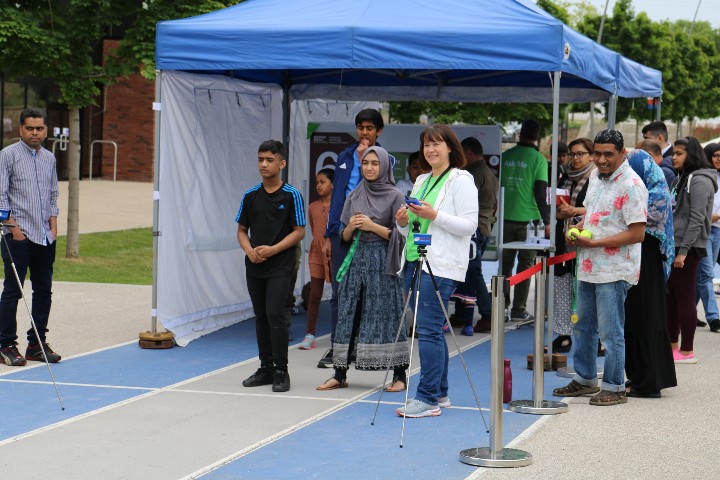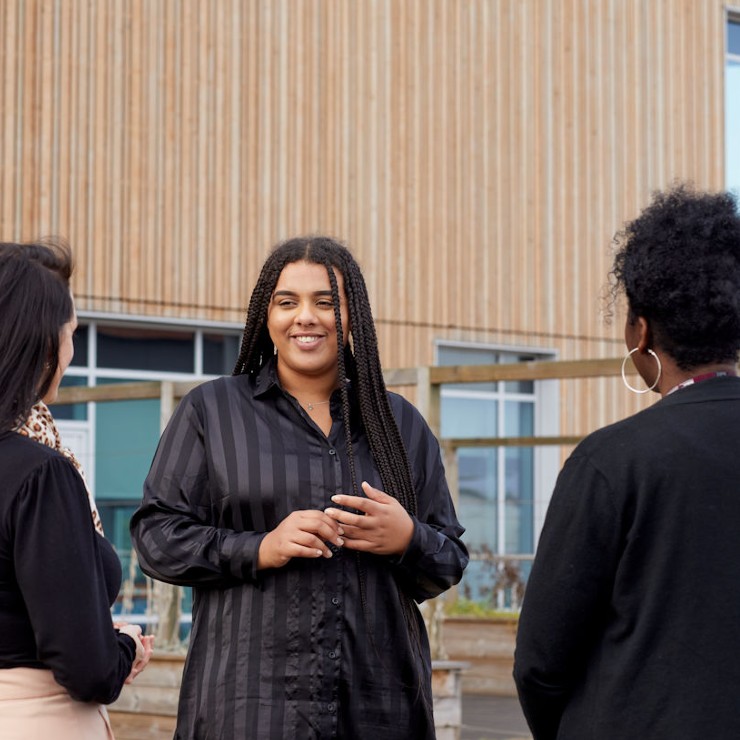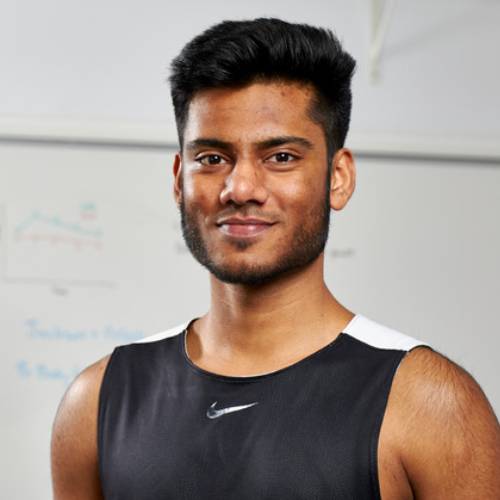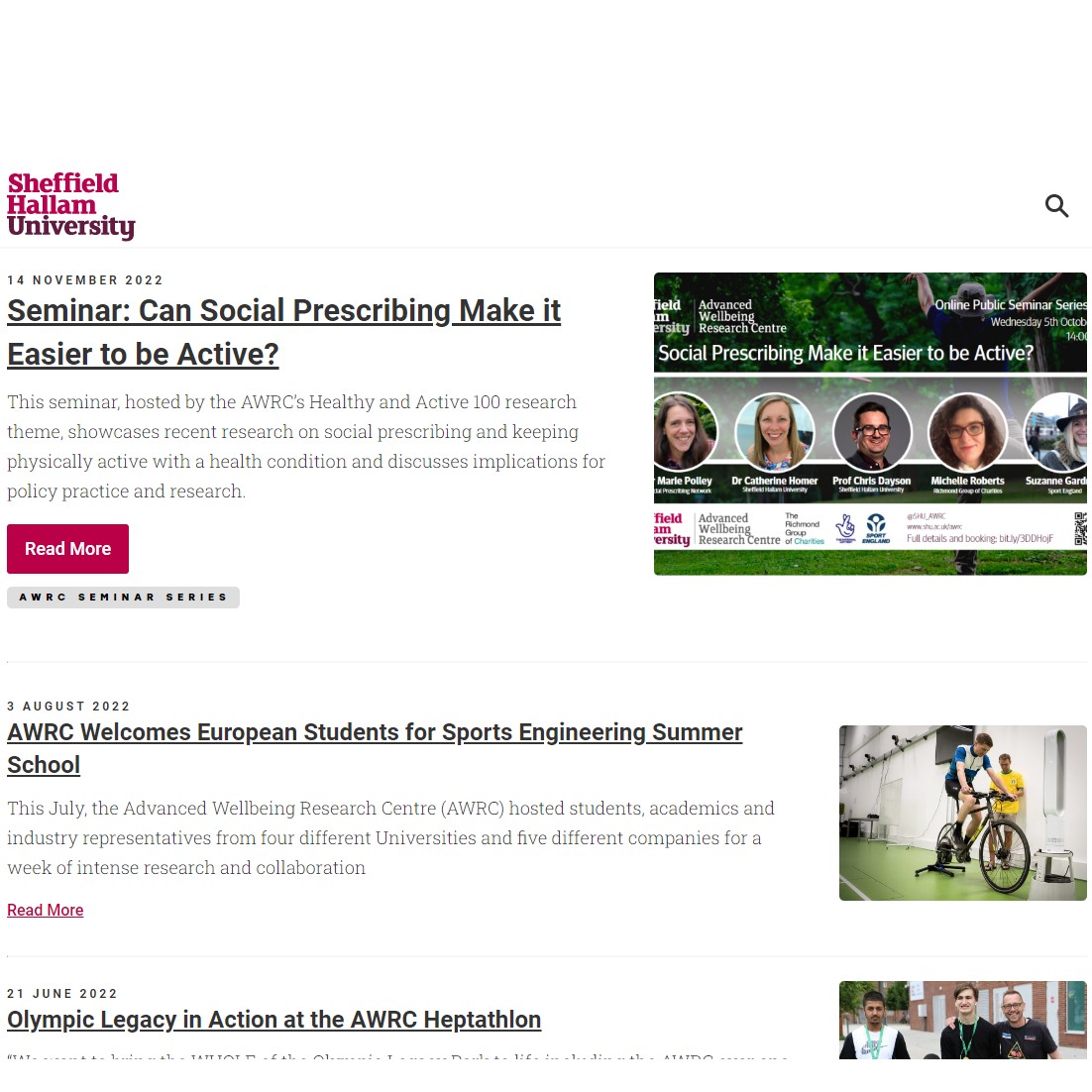This area has wonderful assets including green and blue spaces, community partnerships and amazing people. It is however, one of the most economically disadvantaged parts of Sheffield, including a number of wards within the 10% most deprived areas of the country. If our research is to have genuine real-world impact and tackle health inequalities, it must ask the right questions, for the right reasons, and be applicable to the right people. Public engagement is a two-way process which ensures mutual tangible benefits for us, our researchers, and most importantly the public.
Directly involving the public in our research through co-design and co-production helps to ensure research is conducted with those it affects, rather than simply for them. This enhances the quality of our research and helps to build trust with people who, through direct involvement, are better able to understand the research process, and see its value for themselves, their families and communities.
To help us better engage with the public, we are actively strengthening our relationships with local community organisations and groups working in health, care, and physical activity. Our strategic collaboration with Darnall Well Being helps us, via collaborative projects, our researcher-in-residence scheme and youth internship programme, to better understand the issues and ideas that are important to the people in our local communities and design our research to better address them.
We are committed to ensuring our research is accessible to a wide range of audiences and is actively communicated beyond the academic community. Doing so helps to inform and inspire people from a wide range of backgrounds, allowing more people to benefit from our research and encouraging the next generation to get involved in tackling the challenges of physical inactivity.




